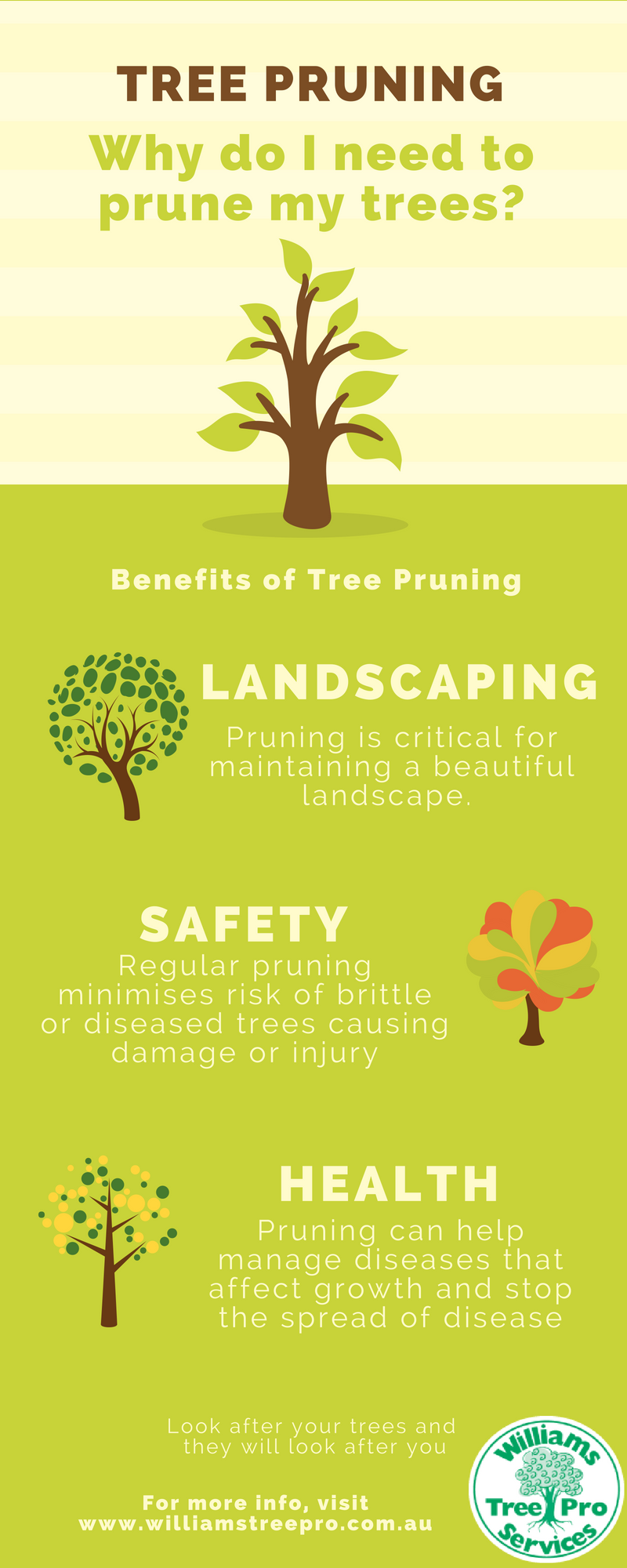Identifying The Need For Tree Elimination: An Overview For Homeowners
Identifying The Need For Tree Elimination: An Overview For Homeowners
Blog Article
Material Written By-Mcmahon Long
Trees include charm and value to building, but they can additionally present a threat throughout extreme weather condition occasions. If a tree has actually stopped expanding, is showing visible fungal growth, or has a leaning trunk, it must be gotten rid of by an expert to avoid residential property damages and injury.
To find out more, participate in a homeowner resource reasonable co-hosted by HPD, the Facility for New York City Neighborhoods, and Brooklyn-based housing partners this night in Bedford-Stuyvesant. The event will include the Home owner Handbook, a new guide to assist homeowners navigate the duties of having a home.
1. Dead or Dying Branches
Trees are an indispensable part of your home's landscape, supplying color and elegance. They additionally provide sanctuary for wild animals and produce oxygen, yet even healthy and balanced trees can experience health issue that might require their elimination. Dead or dying trees aren't just undesirable, they can be dangerous. Their branches could drop during a storm, causing costly property damage and injuries.
When a tree's branches begin to pass away, it means that its framework is beginning to break down. If most of its branches are dead, it is likely time to remove it.
Look for a lack of brand-new growth, bark peeling, open wounds or dental caries, fungi growing on the trunk or origins and a general look of decay in the entire canopy. These signs of infection can indicate a serious issue that will certainly need professional tree services to solve.
2. Leaning Trunk
While it's typical for trees to lean periodically because of phototropism, if a tree has an unsafe or extreme lean that's not due to natural processes - maybe a sign that the tree needs to be eliminated. If the tree is leaning toward a high-voltage line, home, lorry, play structure or any other location that could be hazardous to people if it drops, after that getting in touch with a specialist tree solution for elimination need to be a top concern.
https://treerootsunderhousefounda17394.snack-blog.com/29285411/guarding-your-landscape-replanting-after-tree-removal 's likewise important to watch for any sudden changes in a tree's leaning as it can suggest damages to the origins or trunk that may result in falling. This is especially true throughout thundercloud, because high winds and rain-soaked dirt can cause a lean to alter promptly. Routine surveillance, especially during and after storms can help house owners recognize possible problems with their trees so they can call an arborist for a complete assessment.
3. Parasite Infestation
Some pest infestations, such as wood-boring pests like emerald ash borer or sap-suckers like scale insects, are so extreme that they can trigger a tree to pass away. The best means to stop pest infestation is to check your trees on a regular basis. Look for areas, openings, or discolorations in the fallen leaves and bark. Analyze the trunk for fractures and signs of insect damages, such as passages or tracks.
If a tree ends up being also plagued with pests, or is close to a home or high-voltage line, an arborist might recommend removal. If https://www.theledger.com/opinion/20191128/letter-tree-trimming-turns-to-hatchet-job leaning tree establishes a new, unpredictable lean, an arborist will likely recommend removal also to make certain the safety of individuals and home. If a weakened or dead tree consistently drops too much branches, it is a sign that it is time to remove the tree. If a tree continues to shed branches for an extended amount of time, it might cause architectural issues and prospective building damage.
4. Damaged tree removal auckland are a lovely and vital part of our landscape, but they do require normal like maintain them healthy and secure. If a tree is damaged irreparable it is likely time for it to come down.
Seek signs of damages to the trunk, including vertical cracks, seams, dead branch stubs, noticeable wounds or open dental caries and extreme tree-rot. The existence of fungi at the base of the trunk is another alerting sign. maintenance of trees may indicate that the phloem and xylem (life-support tissues) are endangered, allowing for the spread of illness or a future failing.
Also, consider whether the tree has actually stopped expanding. Healthy trees will have brand-new development each year, which may be visible as buds or branches sprouting and prolonging. If you don't see any kind of new growth, it's a great concept to have an arborist assess the tree and follow their suggestion for elimination. A passing away or damaged tree can fall and trigger home damages.